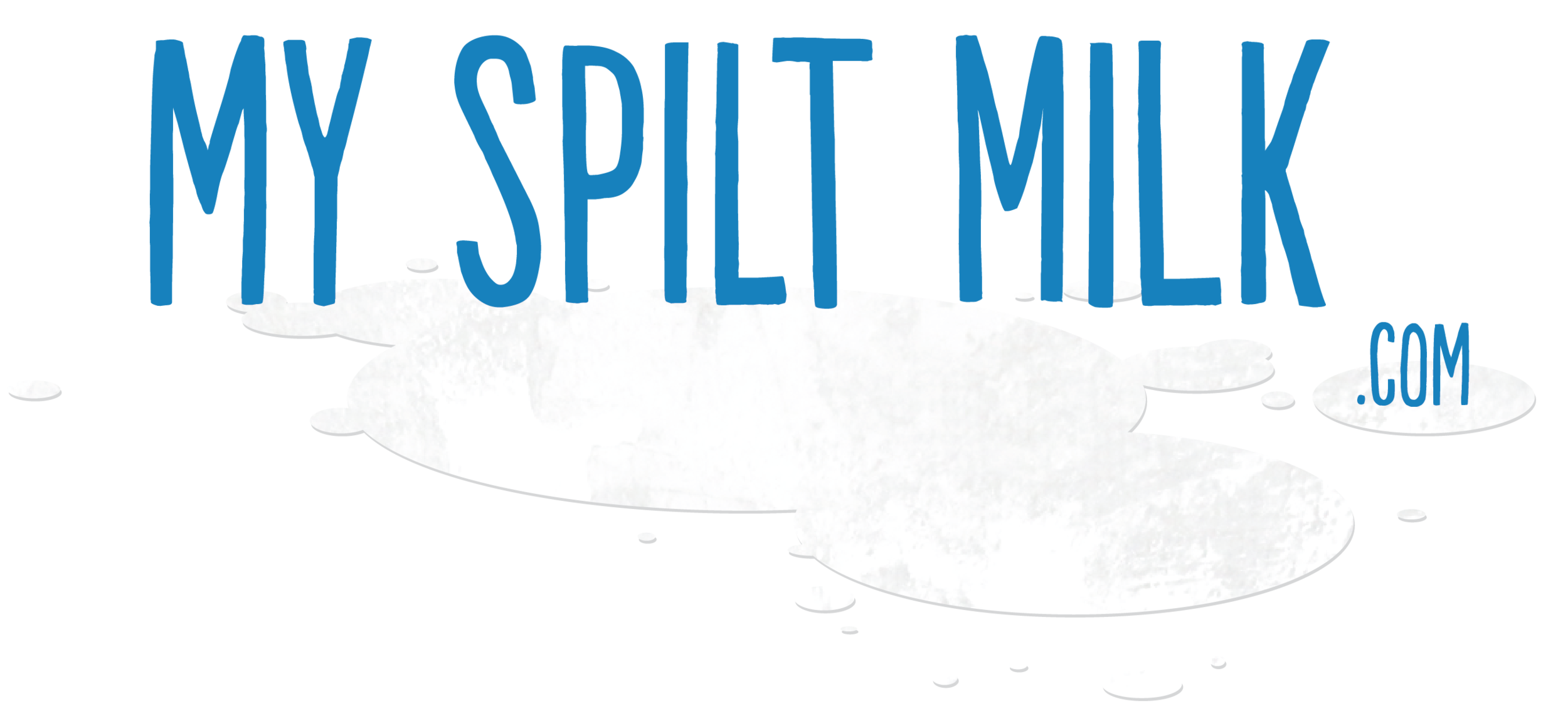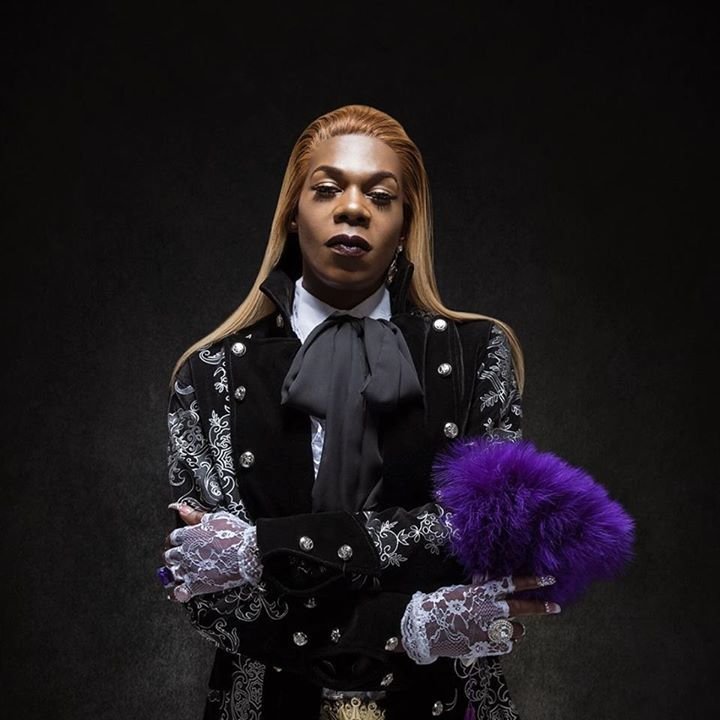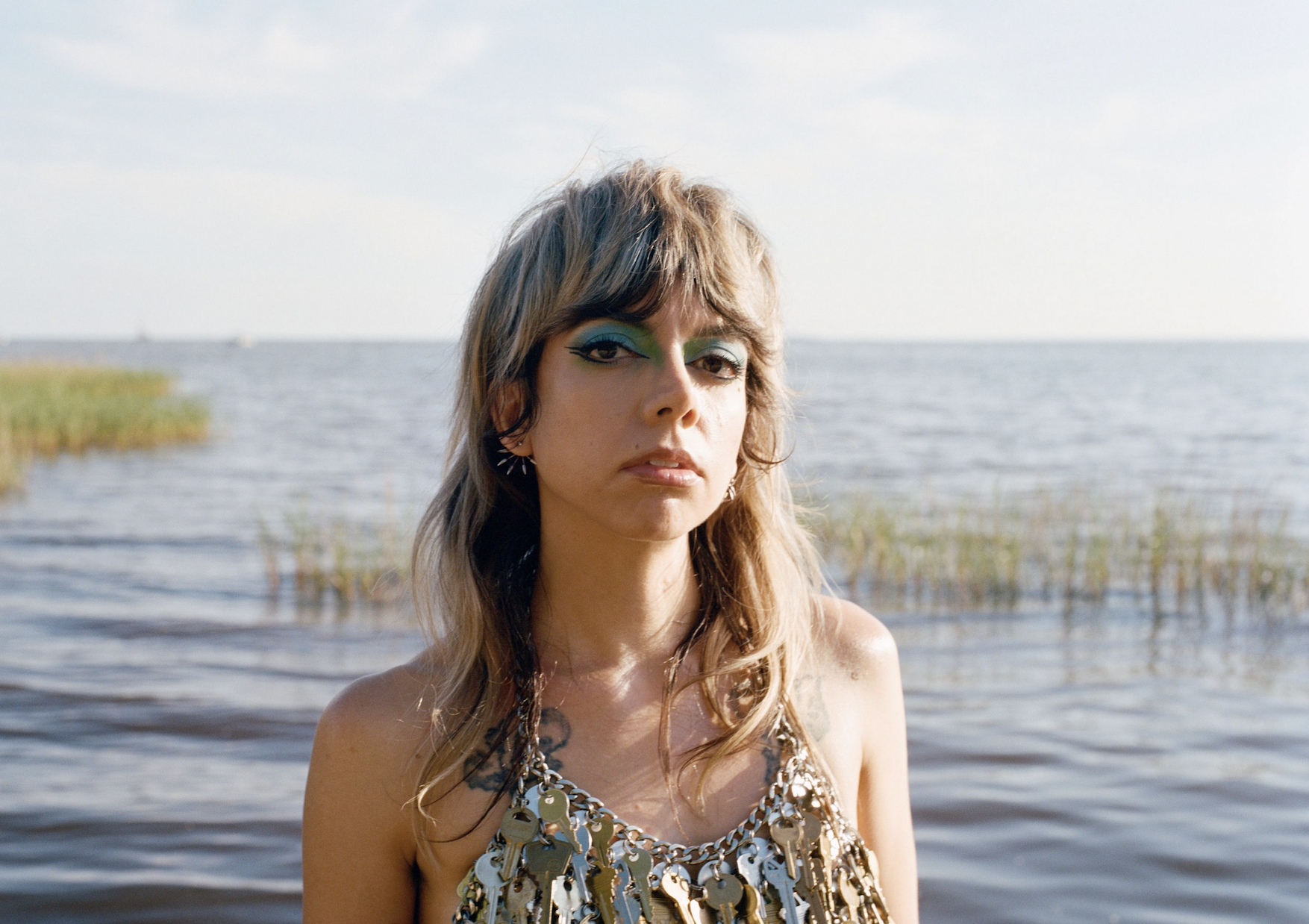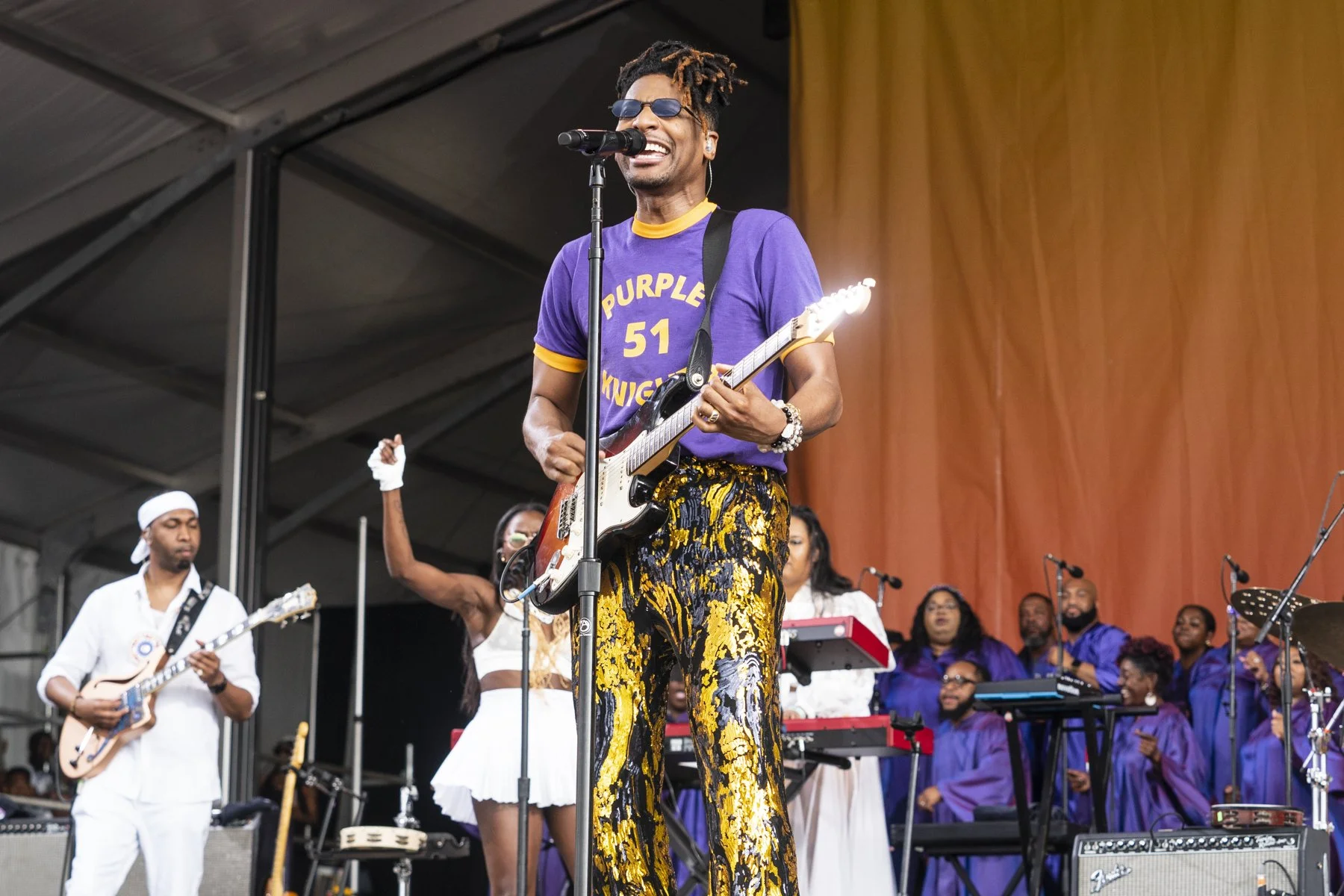NPR's "How Women Made Music" Makes its Mark on Jazz Fest

Margo Price
[Updated] In her introduction to How Women Made Music: A Revolutionary History from NPR Music, critic Ann Powers traced the anthology’s origins back to 2017. That year, NPR Music published “The 150 Greatest Albums Made by Women,” a list chosen by women and non-binary writers, scholars, and creative thinkers.
The list covered the early 1960s to 2016, and “[t]hat list went viral because it was different than what had come before,” Powers wrote. “[I]t asked music fans to think about that era as belonging not to the Beatles and Bob Dylan and Prince (with the Ronettes and Joni Mitchell and Madonna clinging to some ever-so-slightly second tier), but as wholly defined as women’s work.”
In 2017, many well-meaning men had a hard time on social media with that thought experiment. A musical world without men, their thoughts and their art proved to be too hard to imagine, and they at least needed to chime in and explain who they thought the women undervalued, overvalued, or valued for the wrong reasons.
Maybe in the years since 2017, male music critics have got a grip on themselves, or maybe writer Alison Fensterstock edited this collection of writing that followed that list so deftly that few reviewers–male or female–even noticed how small a part men play in this alternative history.
The writers whose work Fensterstock collects don’t contort the reviews, appreciations, and histories to leave men out. They simply show that perfectly satisfying conversations about women can take place by considering the physical, social, historical, aesthetic and spiritual contexts that shaped them.
It doesn’t require a lot of imagination to envision an alternative Jazz Fest that featured only women artists because so many of the women in How Women Made Music have performed at the festival. Fensterstock and Melissa Weber, who contributed the story of Mallia Franklin of Parliament-Funkadelic and Parlet to the book, could host the Allison Miner Music Heritage Stage. And imagine this talent on the grounds: Linda Ronstadt, Chaka Khan, Mahalia Jackson, Rhiannon Giddens, Odetta, Mavis Staples, Buffy Sainte-Marie, Joan Baez, Miriam Makeba, Ani DiFranco, Lorde, Alicia Keys, Katy Perry, Cyndi Lauper, Celia Cruz, Angelique Kidjo, Lizzo, Patti Smith, Etta James, Sheryl Crow, Heart, Ella Fitzgerald, Bonnie Raitt, Esperanza Spalding, Terrri Lyne Carrington, Roberta Flack, Joni Mitchell, Janelle Monae, Carole King, Mia X, Gillian Welch, Lucinda Williams, Queen Latifah, Indigo Girls, Melissa Etheridge, Stevie Nicks, Cassandra Wilson, Tracey Chapman, Aretha Franklin, Irma Thomas, Diana Ross, and Lauryn Hill.
Some of the most meaningful pieces in How Women Made Music explore one of the most important musical relationships–the one between the artist and the audience. Too often, that’s left out when it’s often the most important one since it tells us how an artist lives in the marketplace, as well as what fans get from the artist.
Writer Marissa R. Moss, for example, wrote about the way motherhood formed a connection between her as a listener and Margo Price (Saturday, May 3, 5:35 p.m., Sheraton New Orleans Fais Do-Do Stage), and what that identification gave her. Moss wrote about the lonely nights with her baby, and how hard it was to deal with the isolation while she tried to square her reality with the idea of motherhood.
When a friend turned her on to Price, Moss connected since motherhood was part of Price’s story at the time, and that opened doors for her.
“Nothing was or is too ‘mothery’ for her,” Moss wrote. “[B]eing pregnant onstage, sharing a photo nursing with a couple of mammoth plastic Jumperoos in the background, a matchy-matchy family photo or futile attempts to keep the kids out of frame during a quarantine-era Zoom call. But nothing is too non-mothery either. She released a song about orgasms and female pleasure after she was done having babies.”
Price didn’t simply help Moss feel less alone though. Thinking about Price helped Moss process her own experience. She wrote that Price is considered “outlaw country” in Nashville since her music doesn’t conform to the rules of the country music machine.
“But I see her as a different kind of outlaw,” Moss wrote. “A mother, a singer, a wife, a wild woman, unafraid to be it all and show it all…. Because maybe the real outlaws are the mothers, mothering in plain view.”
In How Women Made Music, Price contributes her own essay that similarly contemplates Janis Joplin’s influence on her. She chews on Joplin as a musician and feels not only the loss of Joplin but the Joplin who lived in her imagination.
“I often wonder what albums we would have been gifted from Ms. Joplin had she gotten to live out the days that were robbed from her,” Price wrote. “I speculate that she would have bestowed on us an Appalachian bluegrass album—or perhaps she left behind some unmanned country gold from sometimes-buried Texas roots.”
Inevitably, thinking about Joplin became a stand-in for thinking about herself, Price realized. “I look at Janis a bit like a cross between a patron saint and a cautionary tale,” she wrote. “I can imagine very easily how Janis felt tethered to her bad girl image because for a very long time, I was completely lost living out mine.”
At Jazz Fest, Ledisi will sing Nina Simone songs (Saturday, May 3, 6 p.m., WWOZ Jazz Tent), and the book features an excerpt from an interview Simone did with NPR in 2001. She too thought explicitly about her audience.
“I sing and play for the American Blacks and the Third World Blacks,” she said. “So I have an edge, because I deeply regret what has happened to the Blacks in this country and the Third World people. So you see me singing songs of sweetness and tenderness and you see me singing songs of deep, deep resentment of what has happened here, and I don’t think it’s gotten any better.”
In Elena See’s review of Nina Simone Sings the Blues, she wrote, “Nina Simone proved, with Sings the Blues, that hers was a voice capable of anything. It made people fall in and out of love, it made them pay attention to the past, and it forced them to become aware of the social inequalities all around them.”
Jill Sternheimer reviewed Hurray for the Riff Raff (Friday, May 2, 3:55 p.m., Shell Gentilly Stage) and their appearance at Jazz Fest 2012, seeing them a voice for social engagement as well. Sternheimer wrote about the impact of the song “St. Roch Blues,” which talks about violence in the Lower Ninth Ward.
“When the song got to the line, ‘Ooh, I keep on crying,’” Sternheimer wrote. “It was a collective moment of sorrow and mourning for the dead. There’s something that changes you at a cellular level when you’re in a crowd singing an anthem together. In these fraught political times, it feels so good and safe to be among others being transformed.”
Another review situates Hurray for the Riff Raff and their song “Pa’lante” in the lineage of Nuyorican poets and social justice protests. “‘Pa’lante’ is Hurray for the Riff Raff’s strongest anthem of resistance to date,” Stefanie Fernández wrote.
Alison Fensterstock refocused the story of Irma Thomas (Saturday, April 26, 4 p.m., Shell Gentilly Stage), changing it from the way she is often seen as a woman mistreated by trifling men to something more fundamental.
In her review of “Wish Someone Would Care,” Fensterstock writes that it is the first song that Thomas wrote that she recorded. “It’s a song about a yearning that’s deeper than romance or physical want–a purely existential desire for the relief of being seen. At the time she recorded it, Thomas was twenty-two, the mother of little kids, and in the middle of her second divorce. She was angry and tired, and she wished someone would care.”
The writing on Rickie Lee Jones (Thursday, May 1, 12:15 p.m., Allison Miner Music Heritage Stage) focuses on Jones as an artist. When the success of her self-titled debut album made Jones a phenomenon in 1979, her retro hipster vibe, wardrobe, and relationships with Tom Waits and Chuck E. Weiss made them an inescapable part of the narrative associated with her.
In Rita Houston’s review of Pirates, she writes, “Her startling debut album and “Chuck E’s in Love” made Rickie Lee Jones a fast-rising star, but her follow-up album, which came two years later, proved to be her masterwork. On Pirates, Jones refined the sonic stew of jazz, pop, and R&B that earned her the Best New Artist Grammy Award, adding lyrical finesse in the form of high-culture nods and colorful street smarts that fly by so fast you nearly miss them.”
Jones’ relationship with Tom Waits shows up in the review, but not in an soap operatic or motivating way.
“Add to that a breakup with Tom Waits and a move to New York to bring hard-earned life experience to the forefront.”
Joan Jett (Friday, May 2, 5:45 p.m., Shell Gentilly Stage) makes the case for her self-determination in How Women Make Music. Jett emerged from the predatory ‘70s glam scene in Los Angeles, and as a member of the all-woman band The Runaways, who were dismissed for the double whammy of being young and women.
In an NPR interview from 2006, she answered the critics, saying, “People say girls can’t play rock and roll. I was like, well, what do you mean? Women play cellos and violins in symphony orchestras. They’re playing Beethoven and Bach. What do you mean they can’t play rock and roll? You’re saying they’re not physically capable. What you’re saying is they’re not allowed to, socially, that rock and roll by its nature–the ‘roll’ in the word ‘rock and roll’ implies sexuality. That’s why they wouldn’t show Elvis from the waist down or, you know, everyone thought Chuck Berry was going to steal their sixteen-year-old daughter, you know, and run off–you know, rock and roll is that threatening thing. And so a girl playing rock and roll, it’s saying I own my sexuality and I’m going to tell you what I’m going to do.”
Updated at 10:11 p.m.
Since the initial publication, I’ve added the section on Margo Price’s essay on Janis Joplin, and I’ve corrected Mallia Franklin’s resumé. She was part of Parliament-Funkadelic and Parlet, not the Brides of Funkenstein.
Creator of My Spilt Milk and its spin-off Christmas music website and podcast, TwelveSongsOfChristmas.com.






